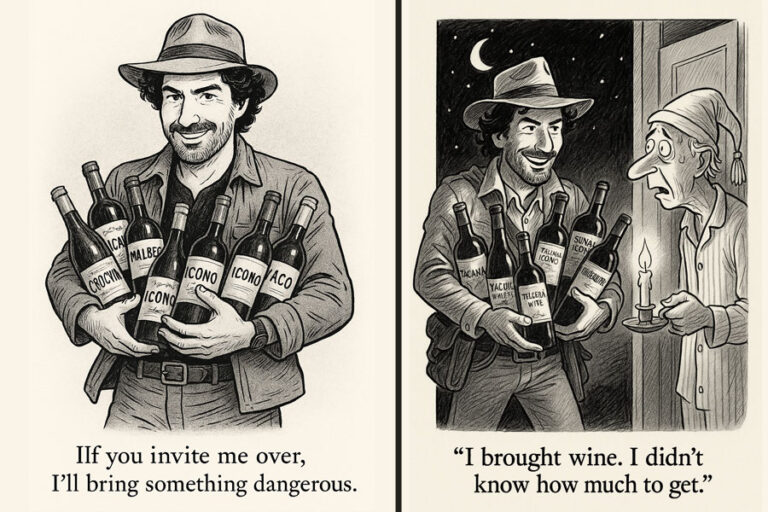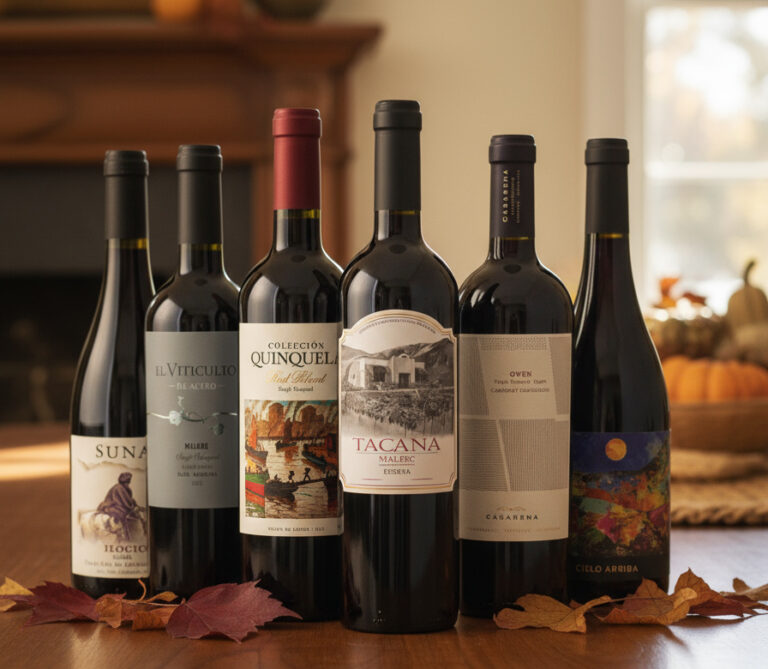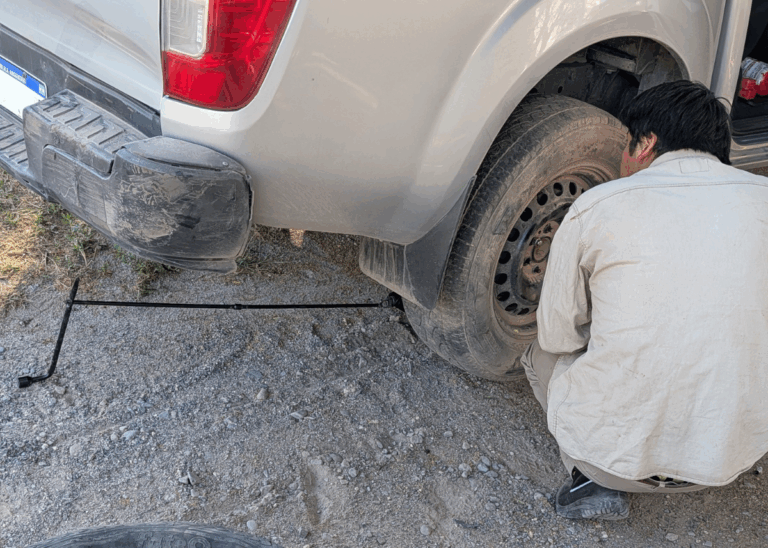[et_pb_section fb_built=”1″ admin_label=”section” _builder_version=”3.22.3″ global_colors_info=”{}”][et_pb_row admin_label=”row” _builder_version=”3.25.1″ background_size=”initial” background_position=”top_left” background_repeat=”repeat” min_height=”1780px” custom_margin=”-50px||” custom_padding=”0px||” global_colors_info=”{}”][et_pb_column type=”4_4″ _builder_version=”3.25″ custom_padding=”|||” global_colors_info=”{}” custom_padding__hover=”|||”][et_pb_text _builder_version=”3.27.4″ global_colors_info=”{}”]
Baltimore, MD
If you looked closely at the notes we included with your first shipment of small-batch, Argentine wines, then you know that aging your Tacana and Puramun malbecs for another decade could yield remarkable results.
High-altitude malbecs, in general, are well suited to aging for at least a decade (20 years, even, according to some winemakers in Argentina):
- Tannins give them a strong structure, supporting the wine as it softens over time.
- The thin atmosphere and cool temperatures guarantee a freshness that keeps for years.
So long as the corks don’t fail and the bottles are kept safe, high-altitude malbecs should be some of the best vintage wines in the world.
Why, then, are there so few of them floating around?
More on that below… First, did you know that Dom Pérignon was a Benedictine monk? Or that there are over 1 billion bottles of Champagne buried under ground in France right now?
Those are just some of the amazing facts you’ll discover in Julien Miquel’s newest tasting lesson. This week, he reveals what everyone gets wrong about Champagne… from why you should stop serving it so cold… to how to instantly tell a quality bubbly from a cheap imitation.
[/et_pb_text][et_pb_video src=”https://www.youtube.com/watch?v=fo98W8bgNNI&feature=youtu.be” module_id=”video” _builder_version=”3.25.1″ width=”80%” module_alignment=”center” global_colors_info=”{}”][/et_pb_video][et_pb_text _builder_version=”3.27.4″ global_colors_info=”{}”]
The Mysterious Case of the Missing Malbec (continued)
When we visited a vintage wine dealer recently, we found well over a thousand bottles of vintage wine each from Europe and the US. Even Australia, a relatively new wine market, had fifty or so bottles to choose from.
Argentina, the fifth-largest wine producer in the world, with a wine tradition dating back to the Conquistadors, had but five.
Common knowledge amongst winos holds that for many years, Argentine wines simply weren’t good enough to keep.
It is indeed true that the first few hundred years of Argentine wine production were dominated by a grape called Criolla Grande, brought over from Spain, that produced what one might describe, generously, as “communion wine.”
But the tradition of producing great cabernets and malbecs in the foothills of the Andes dates back well over one hundred years. Where are the great 19th century vintages?
The answer is, simply, that the Argentines don’t age wine. They drink them. Even today, with fine wine prices skyrocketing at a rate beyond that of even vintage cars, the Argentine wine community remains divided on the subject.
The makers of Achaval maintain that a great malbec should age for 20 years. They may know what they’re talking about: a few years ago, their 2011 vintage got an unprecedented 99 points from Robert Parker, the highest rating for a South American wine up to that point.
Cheval des Andes, with its prétentions Bordelaises believes vintage Argentine wines should be valued just as highly as the finest French variety.
Yet one of Argentina’s best winemakers, François Lurton of Bodega Piedra Negra, disagrees. Arguing that aging wine is a wholly European – and rather old-fashioned – practice, Lurton advocates drinking New World wines young and fresh. To age them is to misunderstand them.
But while there is an ideological – and somewhat attractive – purity to his stance, Lurton’s argument would carry a lot more weight if it weren’t well-known that he is a producer of fine vintage Argentine wine himself (his 2001 vintage has aged into excellence).
For our part, we won’t bother taking a side. What’s certain is that demand for vintage wine is booming (a bottle of 1945 Romanée-Conti went for $558,000 in October 2018). Meanwhile, Argentine supply is tiny, despite producing some of the very best wine for aging.
Keep a case of high-altitude bottles around for the next decade. You might just find yourself sitting on a windfall.
Until next week,
Bonner Private Wine Partnership
[/et_pb_text][/et_pb_column][/et_pb_row][/et_pb_section]



